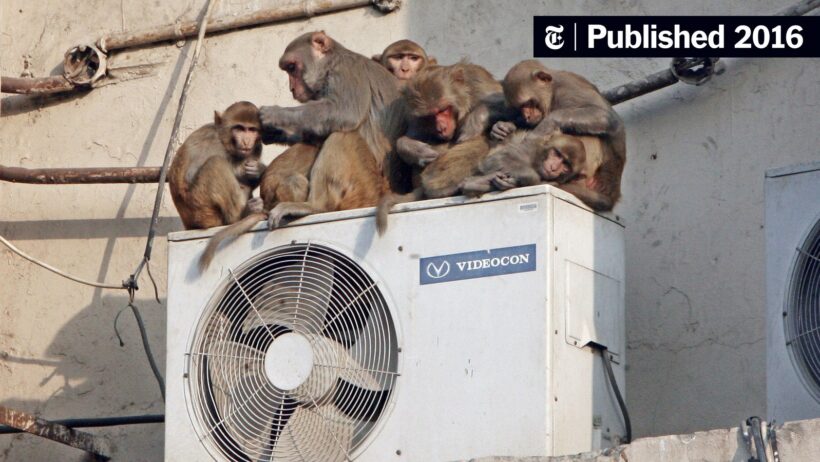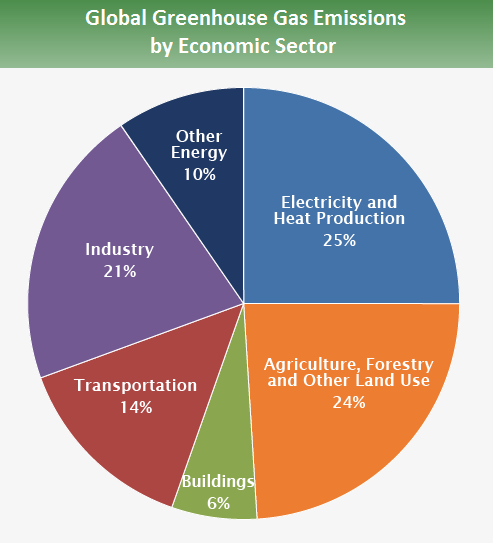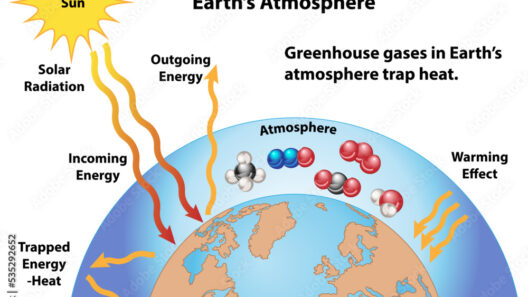In an era where the effects of climate change are more pronounced than ever, the role of air conditioners in contributing to global warming merits a close examination. As global temperatures rise, so does the reliance on air conditioning systems to provide comfort in both residential and commercial spaces. This dependence raises a pertinent question: Did air conditioners really add to global warming? Understanding this complex relationship requires an exploration of several factors.
To begin, let’s delve into how air conditioners function. Primarily, these machines work by extracting heat from the indoor environment and expelling it outside, a process that requires significant energy. This energy is often derived from fossil fuels, which, when combusted, release carbon dioxide (CO2) and other greenhouse gases into the atmosphere. Consequently, a direct correlation exists between the widespread use of air conditioning and the increase in CO2 emissions, laying the foundation for its potential role in exacerbating global warming.
However, it is essential to consider the evolution of air conditioning technology. Early models, often termed as “energy hogs,” operated with minimal regard for efficiency. Their design not only required vast amounts of electricity but also utilized coolants such as chlorofluorocarbons (CFCs), which are known for their detrimental effects on the ozone layer and their potent global warming potential. When these substances escaped into the atmosphere, they amplified the greenhouse effect, posing profound risks to planetary health.
The good news is that the HVAC industry has made significant strides in developing more efficient and environmentally-friendly air conditioning solutions. Modern units often incorporate innovative refrigerants, such as hydrofluorocarbons (HFCs), which, while still potent greenhouse gases, are less harmful than their predecessors. Furthermore, advancements in energy efficiency standards mean that contemporary units consume significantly less power, thereby reducing their carbon footprint. For instance, Energy Star rated models demonstrate superior efficiency, consuming up to 50% less electricity than older units.
Nonetheless, a nuanced understanding must recognize that efficiency improvements alone may not suffice to mitigate the air conditioning sector’s impact on global warming. As populations in developing regions grow and urbanization continues to expand, the demand for air conditioning is projected to surge. In fact, the International Energy Agency (IEA) forecasts that by 2050, the total number of air conditioning units worldwide could increase from around 2 billion to a staggering 5.6 billion.
This exponential growth presents a paradox: while advancements in technology lead to improved efficiency, an overwhelming increase in the number of units could counteract these gains. Each new air conditioner installed potentially adds to overall energy consumption, particularly in regions that rely heavily on coal and natural gas for electricity. Therefore, the global goal should not be merely to seek efficiency but to revolutionize the systems that generate electricity.
The intersection of renewable energy and air conditioning emerges as a promising avenue in combating climate change. Solar power, for example, offers a sustainable alternative for powering air conditioning systems. As solar panel technology becomes more accessible and affordable, the prospect of using clean energy to operate air conditioning units is no longer a distant dream. This synergy not only alleviates pressure from fossil fuel dependency but also enhances the overall sustainability of cooling solutions.
Moreover, innovative architectural designs and urban planning can reduce the reliance on air conditioning altogether. Passive cooling techniques, such as optimizing building orientation, employing natural ventilation, and using reflective materials, can tremendously lower indoor temperatures without mechanical intervention. Urban greenery, incorporating parks and trees into urban landscapes, can also provide a natural cooling effect, reducing the ambient temperature and the associated need for artificial cooling.
Yet, educational initiatives and policy frameworks play a crucial role in shaping public consciousness regarding air conditioning usage. Authorities should emphasize the importance of responsible consumption, encouraging people to adopt practices such as setting thermostats higher, maintaining units to enhance efficiency, and utilizing alternative cooling methods whenever feasible. Such measures could collectively diminish the overall environmental impact.
On a broader scale, international agreements and regulatory measures can establish stringent emissions standards for air conditioning manufacturers. By incentivizing the production of low-emission and high-efficiency units, policymakers can steer the industry toward a greener future, thus supporting the overall mission of combatting climate change.
Nevertheless, it remains vital to discuss the societal implications of air conditioning ownership and access. In many developing countries, air conditioning is still considered a luxury, accessible primarily to affluent individuals. As the technology advances and becomes more mainstream, addressing economic disparities associated with air conditioning is essential, ensuring that all communities can benefit from sustainable, efficient cooling solutions.
In summation, the relationship between air conditioners and global warming is multifaceted and complex. While historic air conditioning systems have undoubtedly contributed to greenhouse gas emissions, modern advancements offer hope for significantly mitigating this impact. As society grapples with rising temperatures, the challenge lies in fostering sustainable practices, embracing technological innovation, and prioritizing renewable energy sources. By comprehensively addressing the demand for cooling and integrating systemic changes, society can shift the narrative surrounding air conditioning from one of exacerbation to one of restoration in the fight against climate change.







